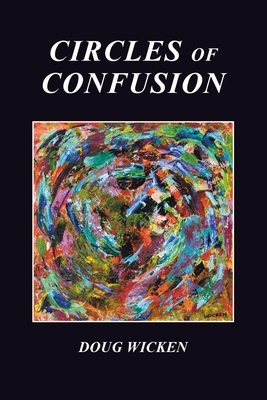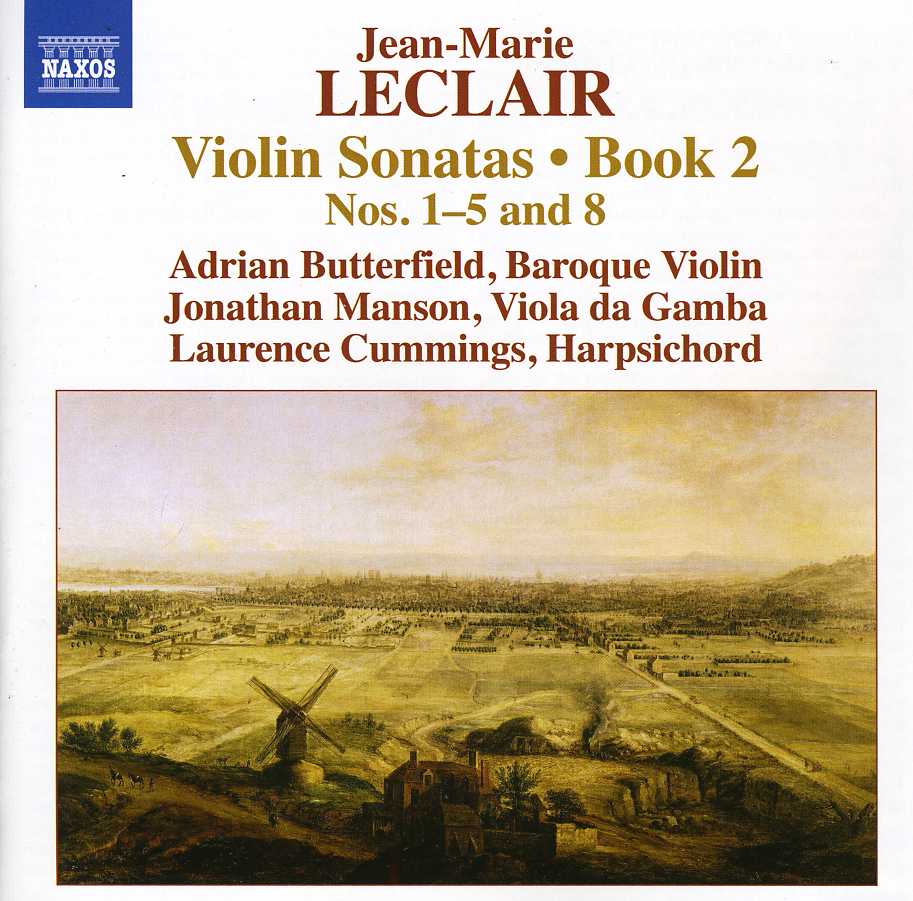
The baseball-loving, jazz-playing, Canadian photojournalist, Duncan MacGregor, travels to Nicaragua to photograph the International World Series of Baseball and to take in some sightseeing afterward. His idyllic tropical vacation is suddenly interrupted when shaken by a deadly natural disaster. The 1972 Managua earthquake strikes the city, taking with it, thousands of lives.
Through his sensitive photography, Duncan is exposed to the realities of the social conditions and of the political upheavals that dominate the country. He encounters Azucena Sosa amid the rubble of an earthquake-shattered cathedral where she gives birth. She and the baby are saved but at the cost of her mother's life.
Azucena is a talented artist who paints visions from her deceased mother's dreams of events yet to happen. She is also a revolutionary, dedicated to improving life and circumstances for the poor and for the plight of women. Together they collaborate on artistic projects, while sharing their love for each other.
From Duncan's home base in Toronto, it proves difficult for him to see Azucena as much as he wants. His trips to Nicaragua are dictated by the current events there during the revolution. Azucena remains active as a revolutionary and plays a direct role in the final assault from the southern border with Costa Rica that secures the Sandinista triumph in 1979. Duncan is injured during the melee.
With the success of the revolution, Duncan returns to a quieter life in his home city of Toronto, where he resumes a relationship with his former high school sweetheart, Penny. He secures a full-time college professorship and continues to freelance locally as a photojournalist. The relationship with Penny ultimately results in separation.
Duncan returns to Nicaragua and to reconnect with his true love, Azucena. They experience violent conflict with the counter-revolutionaries. Duncan develops a fathership role with Azucena's son, Tomás.
Duncan arranges a sabbatical to spend more time in Nicaragua. While there, Tomás disappears. Duncan and Azucena search frantically for him. They attend a tropical retreat and experience artistic reawakening.
Against the backdrop of the Nicaraguan revolution and the counter-revolution that follows, Duncan's and Azucena's relationship is based upon mindfulness, thought-provoking discourse, artistic concepts, intense lovemaking, and a will to survive.
Following the 10th anniversary of the Sandinista revolution, Azucena experiences doubts about the aims and directions of the party. Violence is threatened and acted upon.
Duncan returns to Canada, but maintains a meditative relationship with Azucena. They even create a collaborative show together. Duncan is assisted by Joyce, a director of the Fine Arts faculty. He and Joyce become lovers, all while still communicating with Azucena through their dreams.
While writing his memoirs, Duncan discovers new, and disturbing, information about his family's past.
This story leads the reader through a 500-page plot-twisting labyrinth that raises questions about truth and memory, teaching and learning, love and loss, journalistic and artistic integrity, the meanings of life and death.
Life is a circle. What is reality? Does it coincide with the fantastical imaginations of magical realism? Readers of many genres will be consumed by the exciting journey enclosed between the covers of Circles of Confusion, a literary fiction novel by Doug Wicken.







